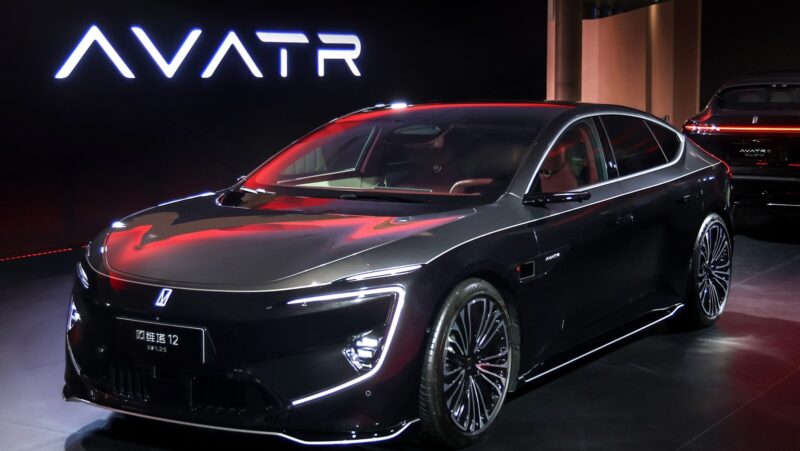Avatr 12 drag coefficient under fire: blogger’s test challenges official claim
A significant controversy has erupted in the Chinese automotive world following a blogger’s test challenging the official aerodynamic drag coefficient (Cd) claimed by EV manufacturer Avatr for its Avatr 12 model. The dispute highlights the importance of verified performance metrics in the competitive electric vehicle market.
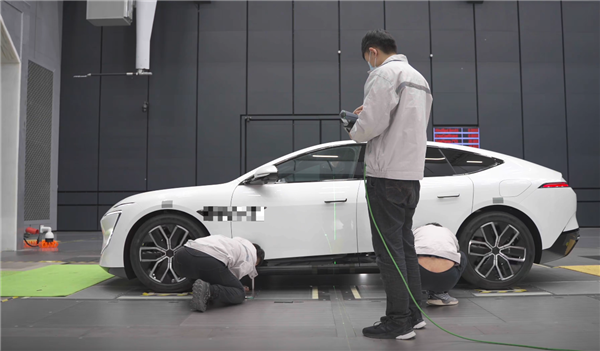
Automotive blogger “苏黎世贝勒爷” (Zurich Bei Le Ye, with more than 1 million followers on Chinese social media Weibo) conducted an independent test of a Chinese EV, later identified by netizens as the Avatr 12, at the Tianjin China Automotive Technology and Research Centre (CATARC) wind tunnel. The blogger stated that the test followed the CSAE 146-2020 standard and was performed by professional technicians.
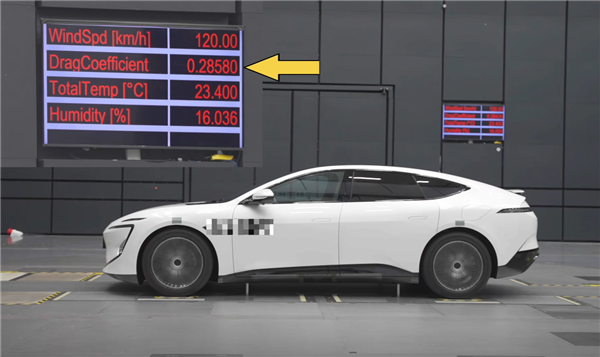
According to the blogger’s findings, the vehicle recorded a drag coefficient of 0.28 Cd at 120 km/h. This figure is substantially higher than Avatr’s officially claimed 0.21 Cd, representing a difference of over 30%. The blogger noted this result was comparable to the drag coefficient of a 20-year-old gasoline car like the Passat B5. The blogger also claimed that the testing facility did not provide a formal report after the test day, suggesting potential intervention by the brand. A video detailing the test was reportedly taken down.
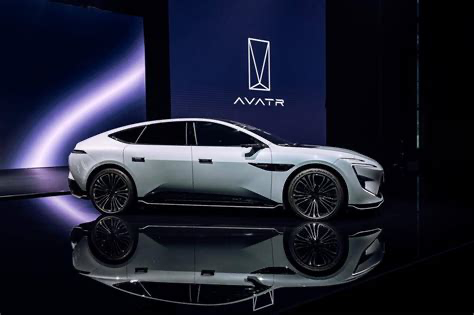
Avatr has vehemently denied the blogger’s claims. The company’s legal department issued a statement calling the information “completely false”. It announced a 5 million yuan (694,400 USD) reward for clues regarding alleged “black PR” (unethical or illegal tactics used to damage the reputation of competitors or promote one’s products through deceptive means) activities. Avatr also declared its intention to conduct a public test of a production version of the Avatr 12 in an authoritative wind tunnel, scheduled according to national agency availability, to address the issue definitively.
Avatr executives have also weighed in. Avatr Technology Vice President Yong Jun stated that the blogger had planned to test the Avatr 12 last year but refused the company’s offer to assist, raising questions about the professionalism of the test conditions. Avatr President Chen Zhuo defended the advancements in Chinese automotive design and technology, particularly the aerodynamic features of the Avatr 12, such as electronic side mirrors, active grille shutters, and a fully enclosed underbody, questioning the comparison to a two-decade-old gasoline car.
The blogger has challenged Avatr to produce their original 0.21 Cd test report and allow him to witness the planned public test. According to the blogger, Avatr failed to provide the relevant test reports and deleted its promotional materials regarding the 0.21 drag coefficient from the internet.
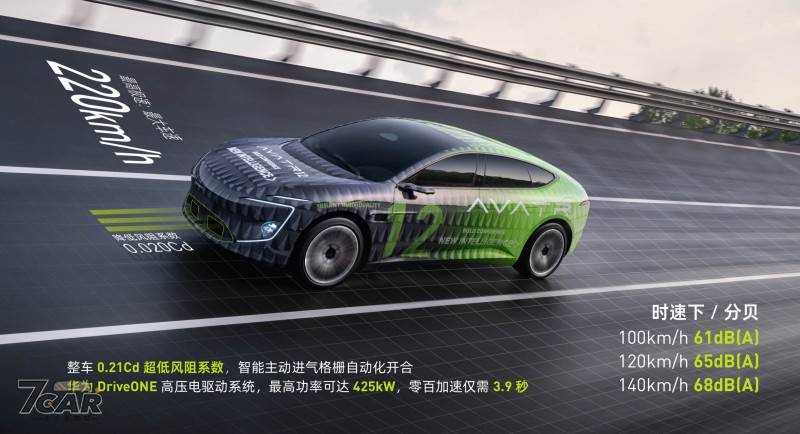
The drag coefficient is a critical metric for electric vehicles, impacting energy consumption and driving range, especially at higher speeds. Reducing just 0.01 Cd can potentially increase range by approximately 10 kilometres at 120 km/h. The significant discrepancy reported by the blogger is far beyond the typical measurement variations expected between major wind tunnels.
The controversy has sparked widespread discussion online, with many calling for a transparent, third-party test using a randomly selected production vehicle to settle the dispute.



